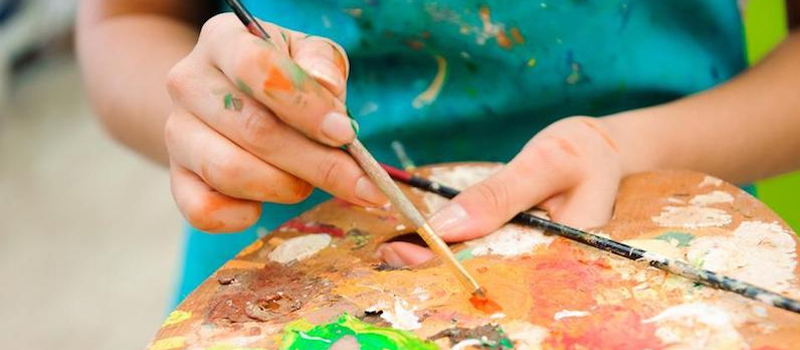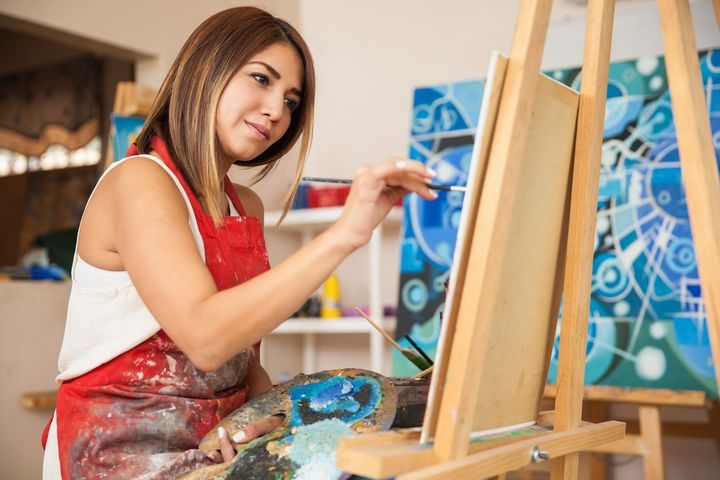Unfortunately, many people deal with anxiety on a daily basis. Every day we experience some level of pressure (from work, social life, etc.) and stress can sometimes help us to prepare for difficult or stressful times. Although sometimes experiencing anxiety is normal, it’s not a state we should get used to if it occurs on a daily basis. Instead, we should learn how to fight it and relieve its symptoms. The feelings of anxiety can be regulated in many ways, such as through hobbies, exercise, and so on. Creating art is also one of the ways to deal with anxiety in a natural and safe way, especially if such feelings are prolonged and intense.
Benefits of Art Therapy for Anxiety
Observing art at a local art exhibit can alleviate cognitive disruption and make you focus your attention elsewhere. Redirecting your thoughts from worries helps to regulate the nervous system. When it comes to creating art, it allows you to express visually and without words. When you are feeling very anxious, verbally articulating your thoughts may be very hard and overwhelming. Art therapy techniques for anxiety are particularly focused on helping the individual to relax and focus on the task at hand. When tension is diffused, you can further process your thoughts and emotions and even assess your behavior. Lastly, creating art can help you boost your confidence, resolve problems and improve your thinking patterns.
Art Therapy Exercises for Anxiety
The most popular art therapy activities for anxiety are the ones called mind-body connection, 1-minute brain dump, and mind map. Apart from these, you could also try gratitude journaling, drawing mandalas or creating other types of calming patterns.
Mind-Body Connection
As you know, the body and the mind are closely connected and influence each other in numerous ways. Why not try to illustrate this connection? Start by drawing an outline of the body. Reflect on your physical feelings and think if you are feeling any tension or discomfort in your body. Color those areas of the body in colors that best represent your feelings. You can also add words or other things you think that will describe your emotions more accurately.
1-Minute Brain Dump
In this exercise, draw a large circle that represents a thought bubble. Inside, draw or write words to get rid of all the things that are currently bothering you. You have only one minute because a shortened time frame should reduce the possibility of rationalizing your feelings of anxiety. In this exercise, you don’t need to think. You only need to act and get rid of all those toxic thoughts and feelings.
Mind Map Anxiety
In order to create a mind map, you need to focus on one issue that is making you anxious all the time. Label all the components that contribute to anxiety, such as what triggers the situation, emotional and physical feelings, negative thoughts, etc.
Gratitude Journaling
This exercise can be done in two ways – you could focus on exploring all the facets of your life or only concentrate on the specific issue that is causing your anxiety. In your journal, you should explore gratitude within your life. For example, if your current situation at work is making you anxious, gratitude journaling should be focused on things to be grateful about in your job outside of the stressful situation, such as good pay, helpful colleagues, etc.
Mandala or Pattern Drawing
The ancient art of mandala or pattern drawing has been used for centuries to reduce feelings of anxiety and depression. This works because the repetition of patterns and rhythmic movements requires you to focus and immerse into your artwork which helps to reduce heightened emotions.


